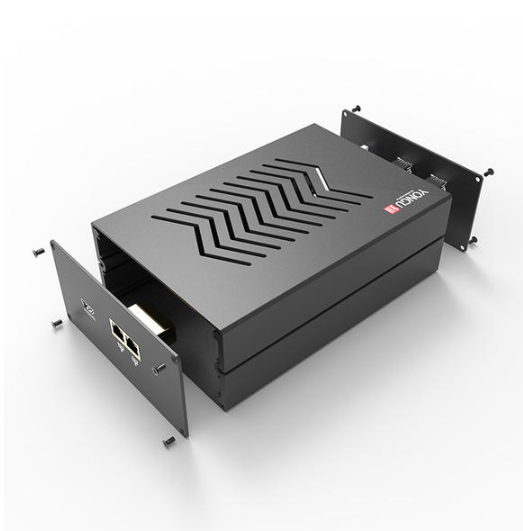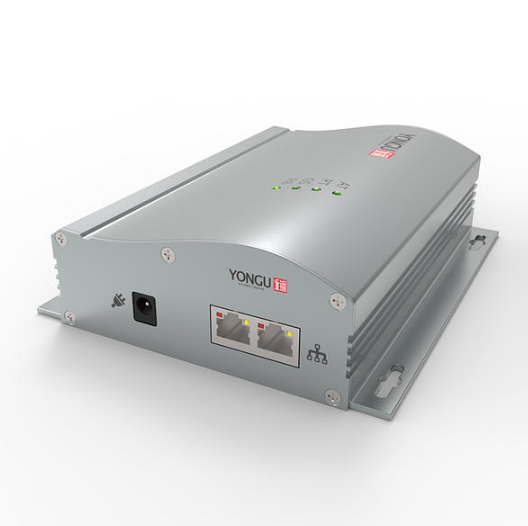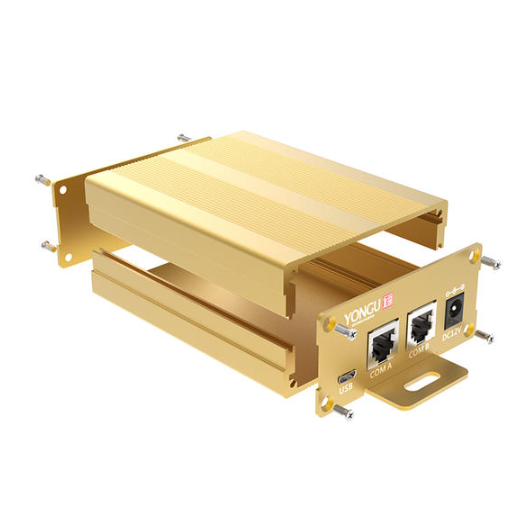Circuit board enclosures are essential elements that protect electronic components from external elements while ensuring optimal functionality. Choosing the ideal enclosure involves a meticulous consideration of various crucial factors to meet specific needs. Let's delve deeper into each aspect:
Material Matters
The choice of material significantly impacts the performance and durability of the enclosure. Common materials include plastic, metal, and composite variants. Factors like conductivity, resistance to corrosion, and impact resistance should be taken into account. While plastics offer versatility and cost-effectiveness, metals provide superior shielding against electromagnetic interference (EMI) and mechanical robustness.
●Plastics: Polycarbonate, ABS, and PVC are commonly used due to their versatility, cost-effectiveness, and lightweight nature. They are well-suited for applications where weight is a concern, and they offer ample design flexibility.
●Metals: Aluminum, steel, and stainless steel provide superior shielding against electromagnetic interference (EMI) and offer robust mechanical protection. However, they might be heavier and more expensive than plastic alternatives.
●Composites: Fiberglass-reinforced enclosures combine the strengths of both plastics and metals, offering enhanced durability, electrical insulation, and resistance to corrosion.
●Plastics: Polycarbonate, ABS, and PVC are commonly used due to their versatility, cost-effectiveness, and lightweight nature. They are well-suited for applications where weight is a concern, and they offer ample design flexibility.
●Metals: Aluminum, steel, and stainless steel provide superior shielding against electromagnetic interference (EMI) and offer robust mechanical protection. However, they might be heavier and more expensive than plastic alternatives.
●Composites: Fiberglass-reinforced enclosures combine the strengths of both plastics and metals, offering enhanced durability, electrical insulation, and resistance to corrosion.
Environmental Considerations
Understanding the environment in which the circuit board will operate is crucial. Factors like moisture, temperature variations, dust, and exposure to chemicals play a pivotal role.
Enclosures with IP ratings indicating their resistance to dust and water ingress are vital for harsh environments. Additionally, considering thermal management solutions within the enclosure is essential to prevent overheating.
●Moisture and Dust: Enclosures with IP ratings determine their resistance to ingress of solid particles and liquids. For instance, an IP67-rated enclosure is completely dust-tight and can withstand immersion in water up to 1 meter for 30 minutes.
●Temperature: Extreme temperature variations can affect electronic components. Enclosures with proper ventilation or thermal management features, such as vents or fans, help dissipate heat and maintain optimal operating temperatures.
●Chemical Exposure: In environments where exposure to chemicals is likely, selecting enclosures with chemical-resistant properties is vital to prevent degradation.
Enclosures with IP ratings indicating their resistance to dust and water ingress are vital for harsh environments. Additionally, considering thermal management solutions within the enclosure is essential to prevent overheating.
●Moisture and Dust: Enclosures with IP ratings determine their resistance to ingress of solid particles and liquids. For instance, an IP67-rated enclosure is completely dust-tight and can withstand immersion in water up to 1 meter for 30 minutes.
●Temperature: Extreme temperature variations can affect electronic components. Enclosures with proper ventilation or thermal management features, such as vents or fans, help dissipate heat and maintain optimal operating temperatures.
●Chemical Exposure: In environments where exposure to chemicals is likely, selecting enclosures with chemical-resistant properties is vital to prevent degradation.
Application Specifics
The intended application heavily influences enclosure selection. Whether it's for industrial, automotive, medical, or consumer electronics, each demands unique features.
●Industrial: Industrial settings often require rugged enclosures that can withstand harsh conditions, vibration, and potential impacts.
●Automotive: Enclosures in automotive applications should adhere to stringent safety standards, resist vibrations, and protect against electromagnetic interference.
●Medical: Enclosures for medical devices must meet strict hygiene standards and provide adequate protection against electromagnetic interference to ensure patient safety.
●Industrial: Industrial settings often require rugged enclosures that can withstand harsh conditions, vibration, and potential impacts.
●Automotive: Enclosures in automotive applications should adhere to stringent safety standards, resist vibrations, and protect against electromagnetic interference.
●Medical: Enclosures for medical devices must meet strict hygiene standards and provide adequate protection against electromagnetic interference to ensure patient safety.
Modification of Standard Enclosures
Often, standard enclosures may not perfectly fit the requirements. In such cases, customization or modification might be necessary. This involves adapting existing enclosures through drilling, cutting, or adding extra components to meet specific needs.
Working with manufacturers that offer customization services allows tailoring enclosures through additional cutouts, brackets, or specific modifications to fit unique component configurations.
Working with manufacturers that offer customization services allows tailoring enclosures through additional cutouts, brackets, or specific modifications to fit unique component configurations.
Conclusion
Remember, the choice of enclosure isn't just about fitting components but safeguarding them for peak performance under various conditions. Make an informed decision to provide your circuits with the reliable shelter they deserve.
Selecting the right circuit board enclosure involves a comprehensive evaluation of material, environmental factors, application specifics, and customization possibilities. By considering these crucial aspects, you can ensure the protection and optimal functionality of your electronic components.
Selecting the right circuit board enclosure involves a comprehensive evaluation of material, environmental factors, application specifics, and customization possibilities. By considering these crucial aspects, you can ensure the protection and optimal functionality of your electronic components.






